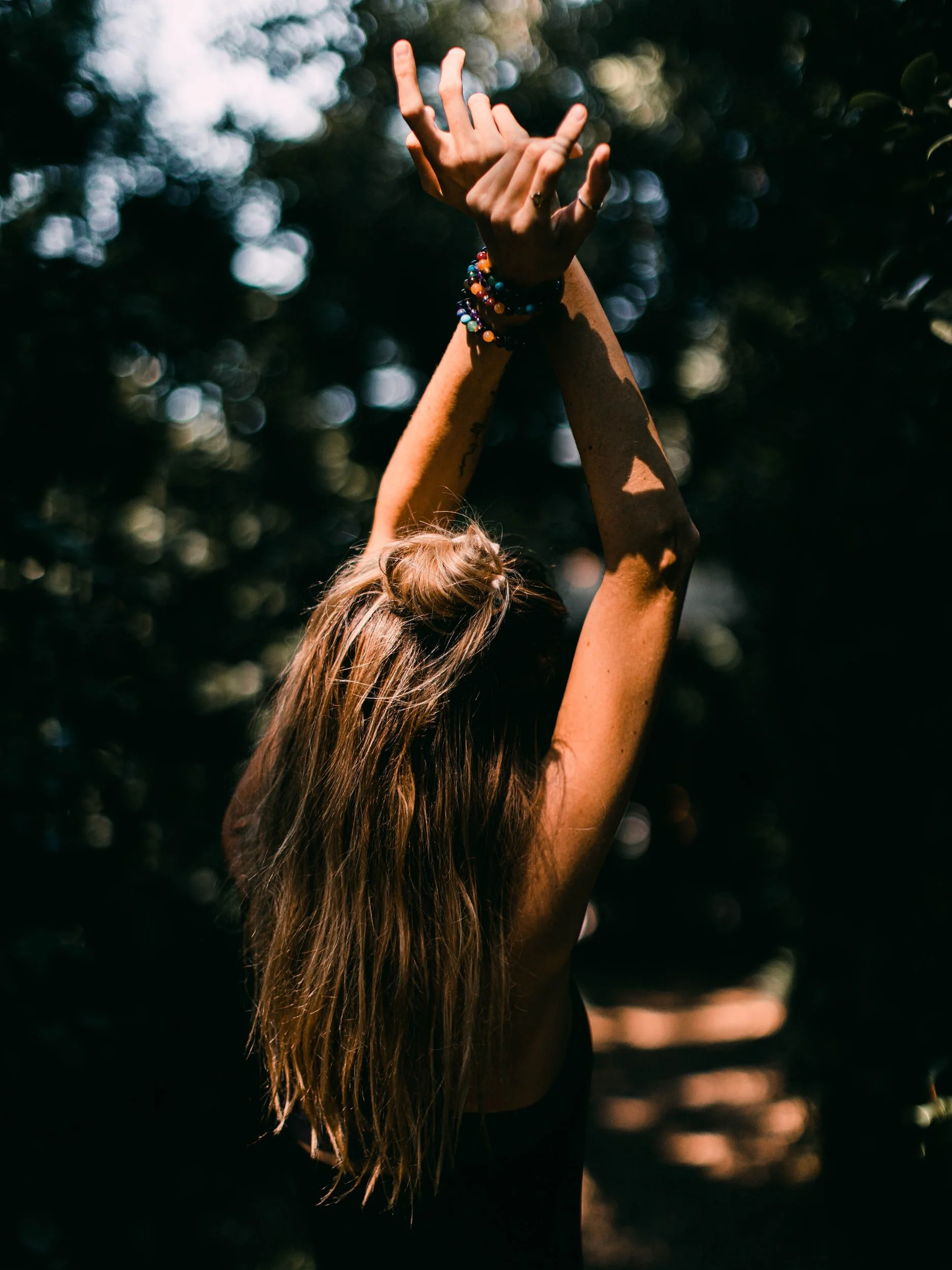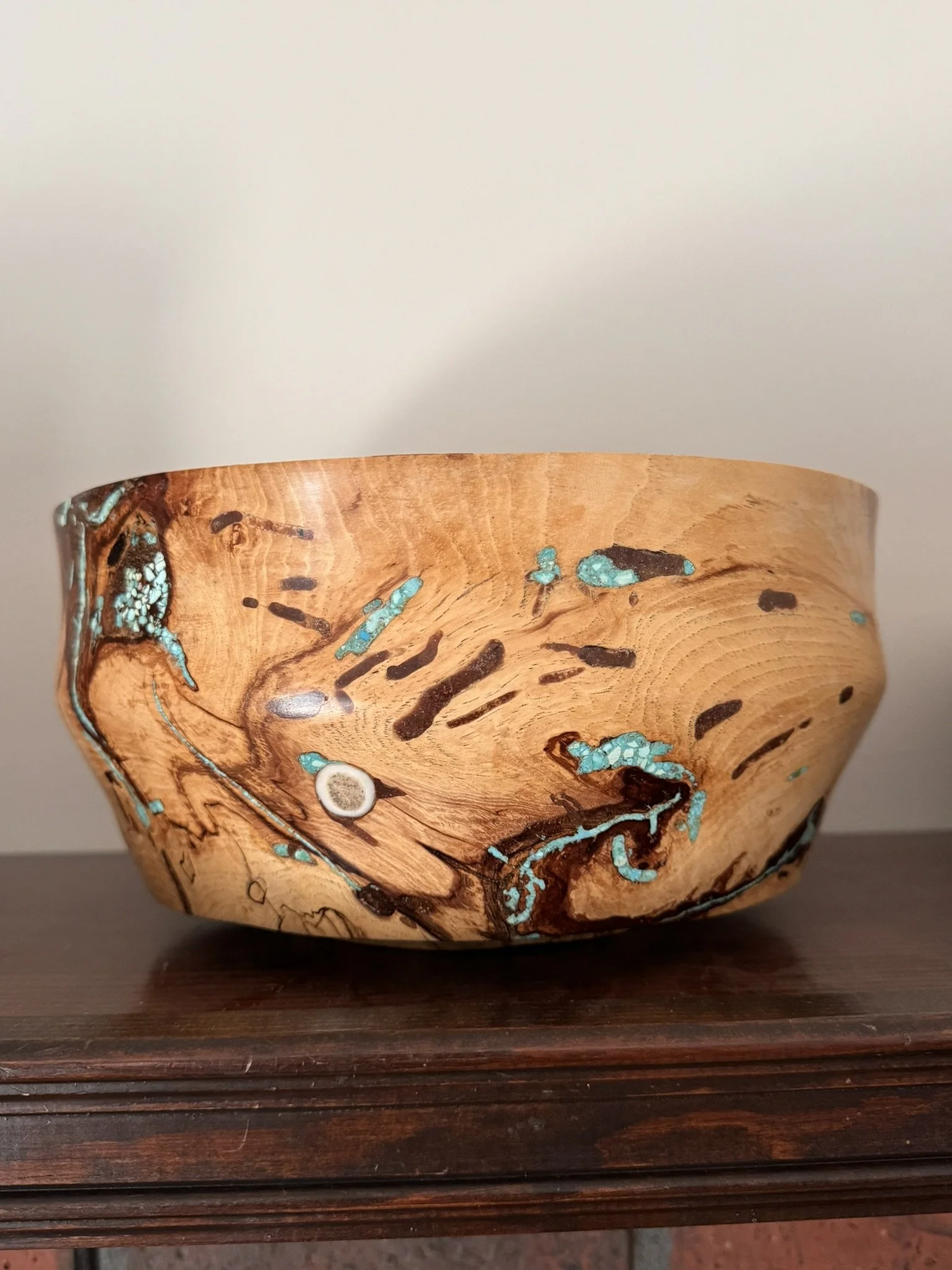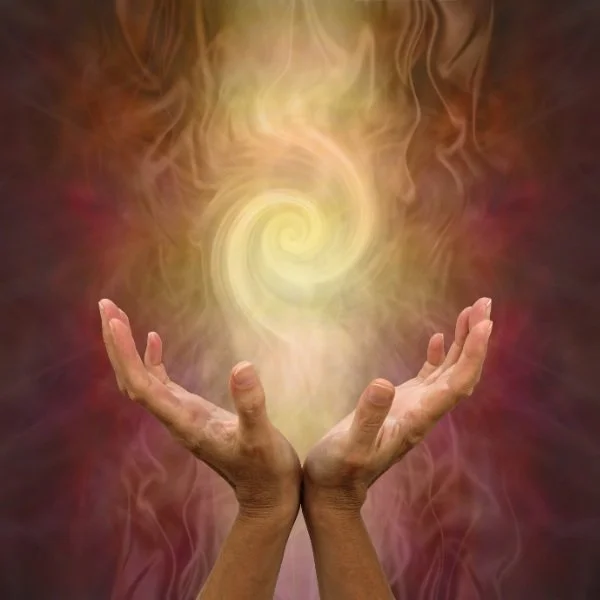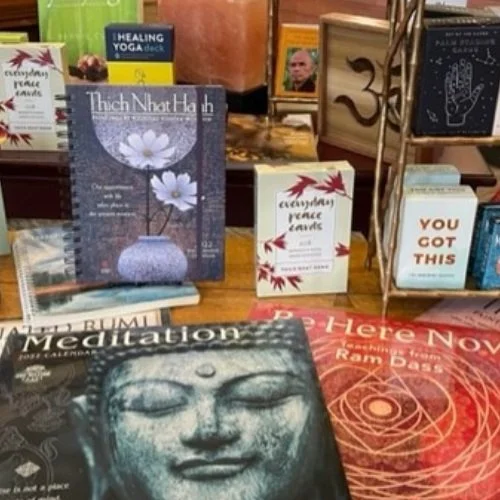Becoming & Unbecoming Through Love
/During a 60-minute yoga practice, 18 billion of your cells perish and are regenerated. We get fresh liver cells about every 400 days. The cells that line your intestines (epithelial) are replaced every five days. Skin cells are replaced every 39 days. The lungs can regenerate after about nine months. Every seven to ten years each cell in your body is replaced.
Our bodies are constantly unbecoming and becoming.
Yogis have practiced unbecoming and becoming techniques for thousands of years. Yoga practices can release old emotional and mental patterns (samskaras). Most people operate in their samskaras most of the time, moving through life guided by preferences, aversions, and preconceived ideas that are sometime formed early in life unconsciously or by trauma. Who are we really? Are we a collection of our memories and personal narratives? Are we an assemblage of our accomplishments, failures, fears, habits, opinions, and thoughts?
As we dive deeper into the practice of yoga and start to investigate the philosophies that inform our practice, questions like “Who am I?” emerge. Perhaps who I thought I was isn’t so clear anymore. Perhaps I am letting go of attachments and identifications, and I’m starting to feel differently now. Perhaps as my mind got quieter, I started to see more clearly. Who am I unbecoming?
Through our practice we can repattern our brains and renew our spirit. By letting go we make room for freedom, growth, and healing - the unbecoming creates space for the becoming. What are the raw materials for all this regeneration, this becoming?
Here is the answer: The raw materials are whatever you use to nourish yourself.
Several yoga paths including tantra invite us to reorient ourselves, to identify the self as love, to become love. Love for the self as it is, love for others, and love for the present moment – love even when it's complex, love especially when it's complex. Love is the ultimate nourishment.
When we think of nourishment, we tend to think about the food we eat. But nourishment actually is all that we take in, with all our senses, with all our interactions, with all our practices, from the physical body, our outermost layer of self (Annamaya Kosha) to our innermost body (Anandamaya Kosha). When we turn toward love as nourishment, it can affect all our layers, all that we are.
The five Koshas or bodies/sheaths/layers are nourished by love. We can affect the first three layers with will and choice; the subtler ones - four and five - are not under our conscious control; it is love that allows us to connect to them.
Annamaya Kosha – physical body: Show love to your physical body by choosing healthy foods, healthy physical practices, sensual pleasures, and lifestyle choices that support your physical container. Nourish all your physical senses. Enjoy a beautiful meal, take time to smell the flowers, watch the sunset, get massage and bodywork regularly, hold hands with your lover, delight in their kisses.
Pranamaya Kosha – energy body: Be nice to yourself and choose activities that spark joy. Fill your life with inspiring and passionate people around whom you feel good. Follow your enthusiasm, dive into what interests you. Get plenty of rest and spend time in nature. Practice pranayama, get some acupuncture, try tai qi or qi gong.
Manomaya Kosha – mental body: This is where your intellect resides. Be a lifelong student, read a book, take up an instrument, watch interesting documentaries, learn a new language, read about the philosophies that inform yoga. Get clear about what you think and why you think the way you do. Dig into your preferences, aversion, and preconceived ideas. Discover the origin of your belief system. Practice meditation to start to access the space beyond thought and between thoughts.
Vijnanamaya Kosha – wisdom body: This is where our intuition, inner-knowing, and memories of great impact live. This area is like a storehouse of our patterns and the consequences of our karmas. We cannot impact this body layer directly yet through meditation we can start to connect with the wisdom that resides there.
Anandamaya Kosha – bliss body: Our innermost sheath is pure consciousness, light, bliss, and love. In an unpracticed person this layer is said to be the size of a mustard seed. By nourishing all our Koshas, the bliss body grows within you and can even emanate beyond the physical body. Move toward love in all that you do, move toward happiness, choose acts that make others happy, find beauty in art, music, silence, mantra. Find joy in helping others. Practice sacred service.
You are constantly unbecoming and becoming already so why not add love to this equation? As you nourish all layers of yourself and become more identified with love, you will have less room in your life for activities and situations that drain you. Instead, you will have more energy to focus on what matters to you. At the end of your next yoga practice, or any regular meditation or movement practice you have, take those last few moments of stillness and becoming and welcome your 18 billion new cells to the new love-identified you.


































